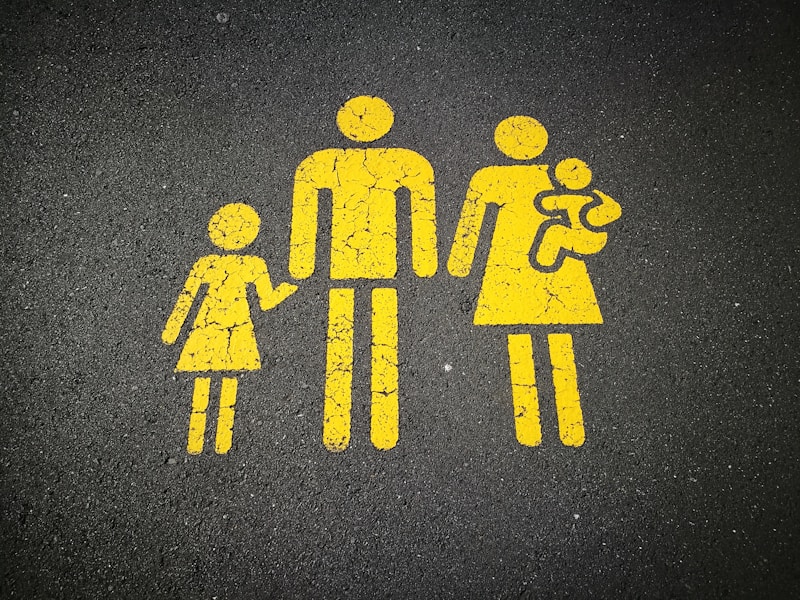Podcast
Questions and Answers
What is a potential consequence of placing the responsibility for inclusion on underrepresented groups?
What is a potential consequence of placing the responsibility for inclusion on underrepresented groups?
Which outcome is most likely from a focus on individual mobility rather than systemic change?
Which outcome is most likely from a focus on individual mobility rather than systemic change?
Why might privilege be a characteristic of certain minority groups in the workplace?
Why might privilege be a characteristic of certain minority groups in the workplace?
How does the identity threat manifest for minority group members?
How does the identity threat manifest for minority group members?
Signup and view all the answers
What is essential for making diversity initiatives successful?
What is essential for making diversity initiatives successful?
Signup and view all the answers
What is a significant factor contributing to the lack of fit for early career female academics?
What is a significant factor contributing to the lack of fit for early career female academics?
Signup and view all the answers
How does 'lack of fit' operate as a self-fulfilling prophecy among academics?
How does 'lack of fit' operate as a self-fulfilling prophecy among academics?
Signup and view all the answers
What coping strategy is NOT mentioned as a way to deal with identity threat?
What coping strategy is NOT mentioned as a way to deal with identity threat?
Signup and view all the answers
Which of the following correctly describes the relationship between occupational stereotypes and ambitious self-descriptions in academics?
Which of the following correctly describes the relationship between occupational stereotypes and ambitious self-descriptions in academics?
Signup and view all the answers
Which group is primarily affected by the masculine default in occupational stereotypes?
Which group is primarily affected by the masculine default in occupational stereotypes?
Signup and view all the answers
What is identity threat primarily associated with?
What is identity threat primarily associated with?
Signup and view all the answers
Which of the following coping strategies involves limiting the display of one's true identity?
Which of the following coping strategies involves limiting the display of one's true identity?
Signup and view all the answers
Why are interventions aimed at boosting motivation in underrepresented groups sometimes problematic?
Why are interventions aimed at boosting motivation in underrepresented groups sometimes problematic?
Signup and view all the answers
What does the term 'masculine defaults' refer to in the workplace?
What does the term 'masculine defaults' refer to in the workplace?
Signup and view all the answers
How does social role theory classify women and men in the workplace?
How does social role theory classify women and men in the workplace?
Signup and view all the answers
What is one consequence of the 'motherhood penalty' in comparison to the 'fatherhood bonus'?
What is one consequence of the 'motherhood penalty' in comparison to the 'fatherhood bonus'?
Signup and view all the answers
What commonly contributes to the 'role incongruity' that women may experience at work?
What commonly contributes to the 'role incongruity' that women may experience at work?
Signup and view all the answers
What defines the ideal worker norm in an organization?
What defines the ideal worker norm in an organization?
Signup and view all the answers
Which of the following is an example of institutional communication that reflects masculine defaults?
Which of the following is an example of institutional communication that reflects masculine defaults?
Signup and view all the answers
How does intersectionality impact the backlash experienced by women in the workplace?
How does intersectionality impact the backlash experienced by women in the workplace?
Signup and view all the answers
What is an example of symbolic communication reinforcing masculine defaults?
What is an example of symbolic communication reinforcing masculine defaults?
Signup and view all the answers
Study Notes
Masculine Defaults
- Definition: Behaviors, norms, and values associated with the male gender role are seen as standard, normal, and necessary, disadvantaging women.
-
Examples:
- Ideas: Meritocracy, where "the best" often reflects masculine qualities.
- Institutions: Gender-neutral policies like tenure clock stoppage benefit men more.
- Interactions: Ideal worker norms, masculine language in job ads.
- Individuals: Assertiveness, self-promotion, competitiveness, brilliance.
Social Role Theory
-
Expectations:
- Women: Communal, caring, collaborative.
- Men: Agentic, self-confident, competitive, performance-oriented.
- Normative Nature: Gender roles become "shoulds" and reinforce the gender hierarchy.
- Workplace Impact for Women: Role incongruity between their expected gender role and work role.
Backlash
- Low Expectations: Women need to constantly prove themselves.
- "Gender Trouble": Agentic women face backlash for not conforming to feminine norms.
- Intersectionality: Backlash varies based on ethnicity and specific gender role expectations.
Motherhood Penalty/Fatherhood Bonus
- Discrimination: Mothers face penalties while fathers benefit from having children.
Communicated on Different Levels
-
Institutional:
- Performance assessments emphasizing masculine norms.
- Limited paid parental leave.
- Lack of gender-neutral facilities.
-
Symbolic:
- Manels (panels of all men).
- Images of successful white men.
- "Daddy days" (emphasizing men's involvement).
Lack of Fit
- Lack of Agentic Traits: Women in academia (especially early career) may not fit the agentic model.
- Self-Fulfilling Prophecy: Women often expect to fail and seek opportunities outside academia.
-
Consequences:
- Less effective for women to be agentic.
- Dissuades early academics (both men and women) from pursuing academia.
Identity Threat
- Definition: The psychological threat felt by individuals from the devaluation of their group.
-
Triggers:
- Underrepresentation.
- Stigmatization and devaluation.
- Emphasis on dominant group traits.
-
Consequences:
- Reinforces stereotypes.
- Leads individuals to question their abilities.
Coping Strategies
- Hiding/Concealing Identities: Passing and code-switching.
- Self-Group Distancing: 'Résumé whitening'.
- Finding Solace: Connecting with others within the stigmatized group.
- Resisting: Challenging stereotypes and seeking collective action.
Fix the Individual vs. Fix the System
-
"Fix the Individual" Approach:
- Focuses on individual skills and motivations.
- Problematic: No clear evidence base, blames the victim, overlooks systemic issues.
-
"Fix the System" Approach:
- Creates opportunities for authenticity and belonging.
- Requires changing institutions, symbols, and experiences.
Diversity vs. Inclusion
- Diversity Alone is Insufficient: A diverse workforce doesn't automatically lead to diverse perspectives and experiences.
- Ideal Worker Norms: Based on majority group traits, leading to identity threat for minorities.
- Coping Strategies: May lead to minorities fitting in rather than contributing unique perspectives.
- True Inclusion: Questioning and changing defaults.
- Creating Opportunities: For authenticity and belonging.
Studying That Suits You
Use AI to generate personalized quizzes and flashcards to suit your learning preferences.
Related Documents
Description
Explore the concepts of masculine defaults and social role theory as they pertain to gender roles in society. This quiz examines how societal expectations shape behaviors and norms for men and women, and the implications on workplace dynamics, including the backlash women face in professional settings.




